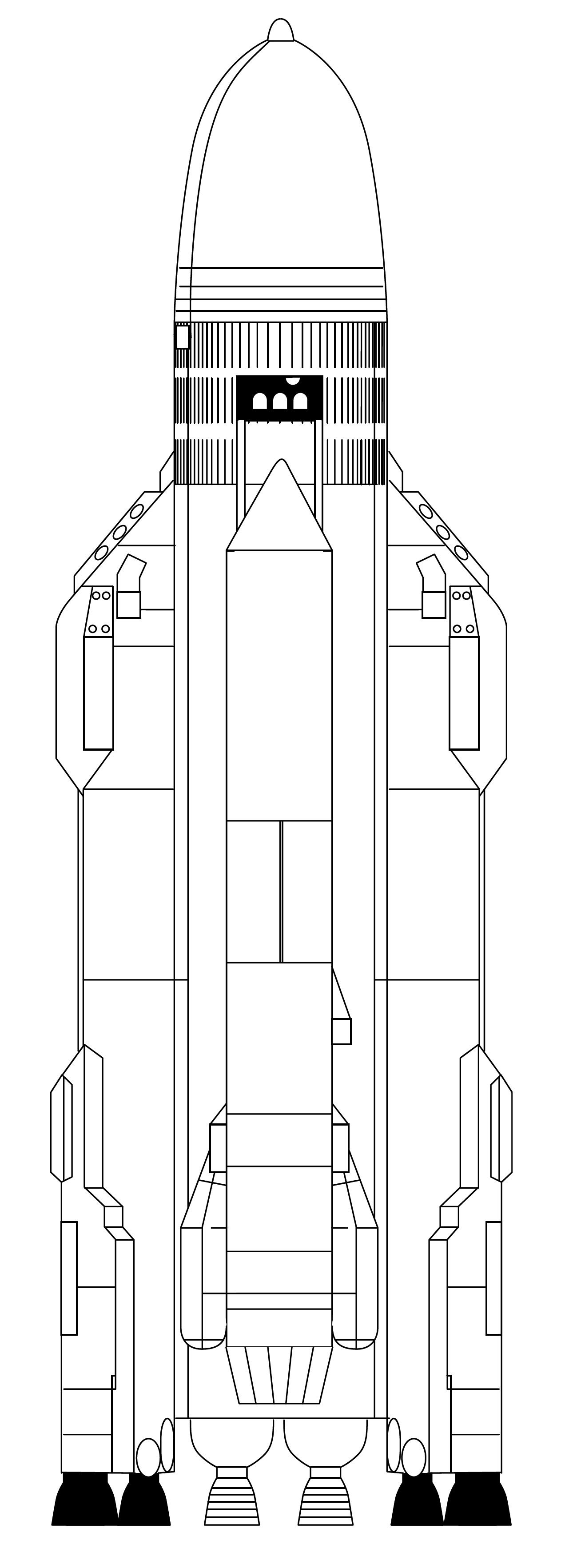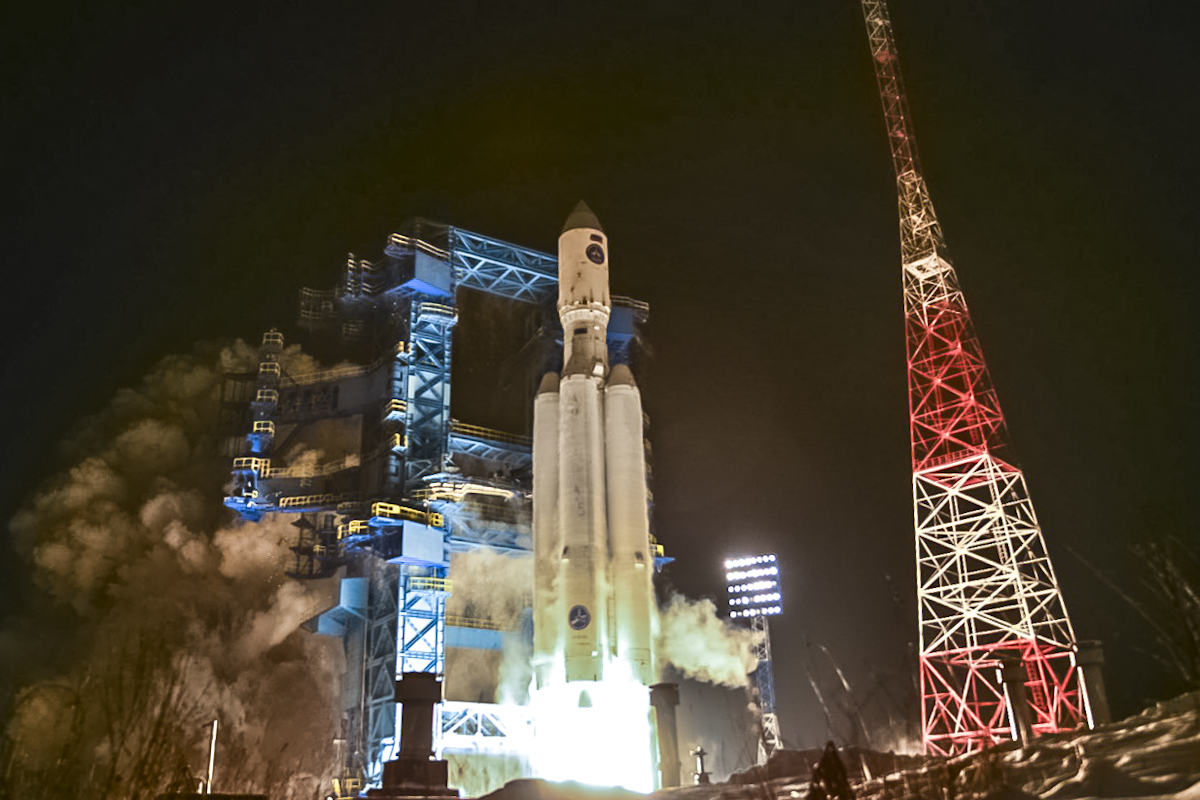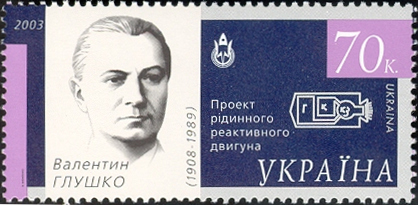|
Baikonur Cosmodrome Site 250
Site 250 at the Baikonur Cosmodrome, also known as UKSS (russian: Универсальный Комплекс Стенд-Старт, lit=Universal Complex Stand-Start) and Bayterek (russian: Байтерек), is a test facility and launch site which was used by the Energia rocket during the 1980s. The site consists of a single launch pad, which doubled as a test stand, and is supported by an engineering area and a propellant storage facility. the complex was planned to be rebuilt as the ''Bayterek Launch Complex'', which would be used by the Angara rocket from 2015; however development is yet to begin. Today the UKSS at Site 250 is still standing, however it is deteriorating. Construction work for Bayterek is yet to begin. Energia Site 250 was built in the late 1970s as the ''Universal Complex Stand-Start'' (UKSS) to support Energia development, and unlike other Soviet launch complexes it was designed to support long-duration static tests as well as launches, after Valentin Glus ... [...More Info...] [...Related Items...] OR: [Wikipedia] [Google] [Baidu] |
Baikonur Cosmodrome
The Baikonur Cosmodrome ( kk, Байқоңыр ғарыш айлағы, translit=Baiqoñyr ğaryş ailağy, ; russian: Космодром Байконур, translit=Kosmodrom Baykonur, ) is a spaceport in an area of southern Kazakhstan leased to Russia. The Cosmodrome is the world's first spaceport for orbital and human launches and the largest (in area) operational Spaceport, space launch facility. All crewed Russian spaceflights are launched from Baikonur. The spaceport is in the Kazakh Steppe, desert steppe of Baikonur, about east of the Aral Sea and north of the river Syr Darya. It is near the Tyuratam railway station and is about above sea level. The spaceport is currently leased by the Government of Kazakhstan, Kazakh Government to the Russian Federation until 2050 and is managed jointly by the Roscosmos State Corporation, Roscosmos and the Russian Aerospace Forces. The shape of the area leased is an ellipse, measuring east–west by north–south, with the cosmodrome at ... [...More Info...] [...Related Items...] OR: [Wikipedia] [Google] [Baidu] |
Energia (rocket)
Energia (russian: Энергия, Energiya, Energy; GRAU 11K25) was a 1980s super-heavy lift launch vehicle. It was designed by NPO Energia of the Soviet Union as part of the Buran programme, Buran program for a variety of payloads including the Buran (spacecraft), Buran spacecraft. Control system main developer enterprise was the Khartron NPO "Electropribor". The Energia used four strap-on boosters each powered by a four-chamber RD-170 engine burning kerosene/Liquid oxygen, LOX, and a central core stage with four single-chamber RD-0120 (11D122) engines fueled by liquid hydrogen/LOX. The launch vehicle had two functionally different operational variants: Energia-Polyus, the initial test configuration, in which the Polyus (spacecraft), Polyus system was used as a final stage intended to put the payload into orbit, and Energia-Buran, in which the Buran programme, ''Buran'' orbiter was the payload and the source of the orbit insertion impulse. The launch vehicle had the capacity to ... [...More Info...] [...Related Items...] OR: [Wikipedia] [Google] [Baidu] |
Angara (rocket)
The Angara rocket family (Russian: Ангара) is a family of launch vehicles being developed by the Moscow-based Khrunichev State Research and Production Space Center. The launch vehicles are to put between and into low Earth orbit and are intended, along with Soyuz-2 variants, to replace several existing launch vehicles. History After the dissolution of the Soviet Union, many formerly Soviet launch vehicles were built in or required components from companies now located in Ukraine, such as Yuzhnoye Design Bureau, which produced Zenit-2, and Yuzhmash, which produced Dnepr and Tsyklon. Additionally, the Soviet Union's main spaceport, Baikonur Cosmodrome, was located in Kazakhstan, and Russia encountered difficulties negotiating for its use. This led to the decision in 1992 to develop a new entirely Russian launch vehicle, named Angara, to replace the launch vehicles now built outside of the country, and ensure Russian access to space without Baikonur. It was decided that ... [...More Info...] [...Related Items...] OR: [Wikipedia] [Google] [Baidu] |
Valentin Glushko
Valentin Petrovich Glushko (russian: Валенти́н Петро́вич Глушко́; uk, Валентин Петрович Глушко, Valentyn Petrovych Hlushko; born 2 September 1908 – 10 January 1989) was a Soviet engineer and the main designer of rocket engines in the Soviet space program during the heights of the Space Race between United States and the Soviet Union. Biography At the age of fourteen he became interested in aeronautics after reading novels by Jules Verne. He is known to have written a letter to Konstantin Tsiolkovsky in 1923. He studied at an Odessa trade school, where he learned to be a sheet metal worker. After graduation he apprenticed at a hydraulics fitting plant. He was first trained as a fitter, then moved to lathe operator. During his time in Odessa, Glushko performed experiments with explosives. These were recovered from unexploded artillery shells that had been left behind by the White Guards during their retreat. From 1924 to 1925 he wro ... [...More Info...] [...Related Items...] OR: [Wikipedia] [Google] [Baidu] |
N1 (rocket)
The N1/L3 (from , "Carrier Rocket"; Cyrillic: Н1) was a super heavy-lift launch vehicle intended to deliver payloads beyond low Earth orbit. The N1 was the Soviet counterpart to the US Saturn V and was intended to enable crewed travel to the Moon and beyond, with studies beginning as early as 1959. Its first stage, Block A, remains the most powerful rocket stage ever flown. However, all four first stages flown failed mid-flight because a lack of static test firings meant that plumbing issues and other adverse characteristics with the large cluster of thirty engines and its complex fuel and oxidizer feeder system were not revealed earlier in development. The N1-L3 version was designed to compete with the United States Apollo program to land a person on the Moon, using a similar lunar orbit rendezvous method. The basic N1 launch vehicle had three stages, which were to carry the L3 lunar payload into low Earth orbit with two cosmonauts. The L3 contained one stage for trans-lun ... [...More Info...] [...Related Items...] OR: [Wikipedia] [Google] [Baidu] |
Polyus (spacecraft)
The Polyus spacecraft (russian: Полюс, ''pole''), also known as Polus, Skif-DM, GRAU index 17F19DM, was a prototype Soviet orbital weapons platform designed to destroy Strategic Defense Initiative satellites with a megawatt carbon-dioxide laser. It had a Functional Cargo Block derived from a TKS spacecraft to control its orbit and it could launch test targets to demonstrate the fire control system. History The Polyus spacecraft was launched 15 May 1987 from Baikonur Cosmodrome Site 250 as part of the first flight of the Energia system, but failed to reach orbit. According to Yuri Kornilov, Chief Designer of the Salyut Design Bureau, shortly before Polyus' launch, Mikhail Gorbachev visited the Baikonur Cosmodrome and expressly forbade the in-orbit testing of its capabilities. Kornilov claims that Gorbachev was worried that it would be possible for Western governments to view this activity as an attempt to create a weapon in space and that such an attempt would contr ... [...More Info...] [...Related Items...] OR: [Wikipedia] [Google] [Baidu] |
Baikonur Cosmodrome Site 110
Site 110 at the Baikonur Cosmodrome is a launch facility which was used by the N1 rocket during the late 1960s and early 1970s, and by the Energia rocket during the 1980s. Site Site 110 consists of two launch pads: The right (or east) pad, called "110/38" or "110R", was completed first. It was followed by the left (or west) pad, called "110/37" or "110L". The complex was built in the 1960s as part of the Soviet crewed lunar programs, for use by the N1 rocket. A total of five launches were made from the complex: Four N1 launches as well as one Energia launch, carrying the '' Buran'' spaceplane. Following the dissolution of the Soviet Union the Energia and Buran programmes were cancelled, and the complex was abandoned. Usage N1 Site 110 was intended as the launch site for crewed lunar landing missions using the Soyuz 7K-L3 spacecraft and the LK lander. The N1 made four flights, all of which were launched from Site 110, and all of which failed before the first stage had completed ... [...More Info...] [...Related Items...] OR: [Wikipedia] [Google] [Baidu] |
Baikonur Cosmodrome Site 200
Site 200 at the Baikonur Cosmodrome is a launch site used by Proton rockets. It consists of two launch pads, areas 39 and 40. Area 39 is currently (as of 2021) used for Proton-M launches, including commercial flights conducted by International Launch Services. Area 40 is currently (as of 2021) inactive, as it was slated to be rebuilt as a launch site for the Angara rocket. Although the project was relocated to Site 250, Area 40 was not put back into service. A number of planetary probes have been launched from Site 200. Venera 14, Venera 15, Vega 1, Fobos 1, the failed Mars-96, and ExoMars were launched from area 39. Venera 13, Venera 16, Vega 2, Fobos 2 were launched from Area 40. Area 39 was also the launch site for the core of the Mir space station, along with both Kvant modules, and the Kristall module. Salyut 7 and Granat The International Astrophysical Observatory "GRANAT" (usually known as Granat; russian: Гранат, lit. ''pomegranate''), was a Soviet (later Russi ... [...More Info...] [...Related Items...] OR: [Wikipedia] [Google] [Baidu] |




